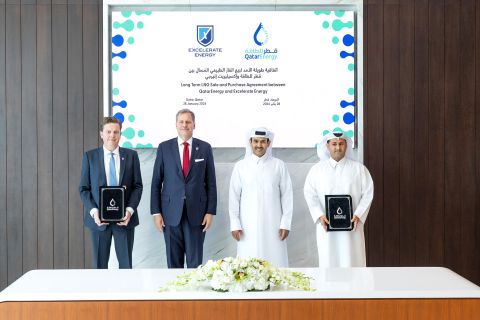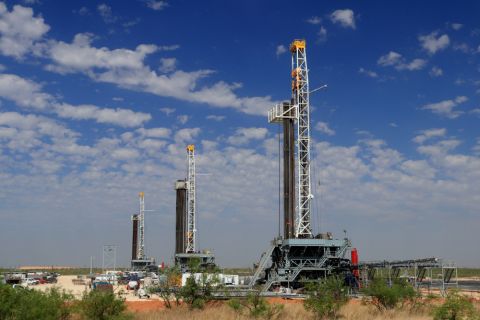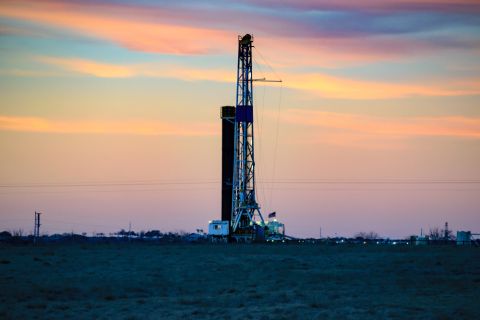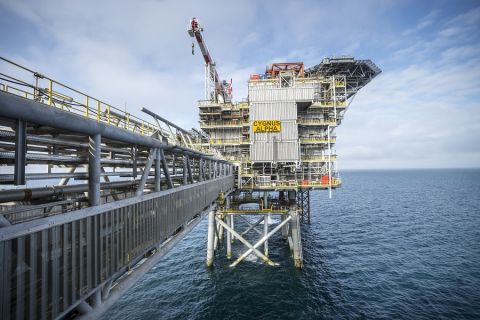The American Petroleum Institute (API) recently updated its safety standard for measuring annular casing pressure at offshore energy facilities, publishing the 2nd Edition of Recommended Practice (RP) 90-1, Annular Casing Pressure Management for Offshore Wells.
The 2nd edition was developed with input from key industry stakeholders including representatives from the U.S. federal government’s Bureau of Safety and Environmental Enforcement (BSEE), international natural gas and petroleum companies and other subject matter experts. The new edition builds upon the first, which is incorporated by reference in U.S. federal regulations (30CFR Part 250.519) and incorporates updated safety information to reduce risk to personnel and the environment
RP 90-1 recognizes the importance of managing annular casing pressure (ACP), an integral part of maintaining safe and environmentally sustainable offshore well operations on the outer continental shelf (OCS) and across the globe. To this end, the document provides important guidelines for operating offshore wells with ACP, such as those with thermally induced casing pressure, sustained casing pressure, and operator-imposed pressure.
The 2nd Edition seeks to improve upon the monitoring and diagnostic testing for assessing the maximum allowable pressure (MAWOP) at the annulus, the space that separates a well’s piping from the well casing. The standard provides recommendations for calculation of MAWOP using the simple derating method (SDM) and explicit derating method (EDM) to allow for a more accurate assessment of the actual MAWOP, in addition to preservation of the default deration method (DDM).
Another key change includes providing guidelines for the upper and lower diagnostic threshold (DT) selection, which allows testing, increased monitoring and other measures to be initiated prior to the annular pressure reaching the MAWOP. Expanded documentation measures were added along with improved risk assessment methodology.
The new methodologies introduced in RP 90-1, 2nd Edition, improve MAWOP and ACP risk assessment at all offshore wells, including fixed platform wells, subsea wells, hybrid wells and mudline suspension wells. The guidelines provided help enhance overall safety for offshore operators, their crews, host communities and the marine environments where these facilities operate.
As new technologies and methodologies are developed within the industry, API strives to incorporate these enhancements into standards. The natural gas and oil industry and API continue to drive innovation by developing new technology and approaches to meet global demand for affordable, reliable and cleaner energy while maintaining safe and responsible operations.
These updates and the other guidelines included in the RP help reduce potential greenhouse gas (GHG) emissions from a pressured annulus in an offshore well, supporting the United Nations Sustainable Development Goal on Climate Action (SDG 13). Additionally, the RP further allows the operator to begin diagnostics to identify potential issues in advance of the pressure reaching the maximum value. Both prevent fugitive emissions from the well into the environment.
For more information on RP 90-1, 2nd Edition, and API’s more than 700 world-class standards developed to drive safety, operational performance improvements and sustainability, visit www.api.org/products-and-services/standards.
Recommended Reading
Marketed: Anschutz Exploration Corp. WI Opportunity in Converse County, Wyoming
2024-01-26 - Anschutz Exploration Corp. retained EnergyNet for the sale of its WI participation option in Converse County, Wyoming.
Excelerate Energy, Qatar Sign 15-year LNG Agreement
2024-01-29 - Excelerate agreed to purchase up to 1 million tonnes per anumm of LNG in Bangladesh from QatarEnergy.
UK’s Union Jack Oil to Expand into the Permian
2024-01-29 - In addition to its three mineral royalty acquisitions in the Permian, Union Jack Oil is also looking to expand into Oklahoma via joint ventures with Reach Oil & Gas Inc.
Permian Resources Continues Buying Spree in New Mexico
2024-01-30 - Permian Resources acquired two properties in New Mexico for approximately $175 million.
Eni, Vår Energi Wrap Up Acquisition of Neptune Energy Assets
2024-01-31 - Neptune retains its German operations, Vår takes over the Norwegian portfolio and Eni scoops up the rest of the assets under the $4.9 billion deal.




